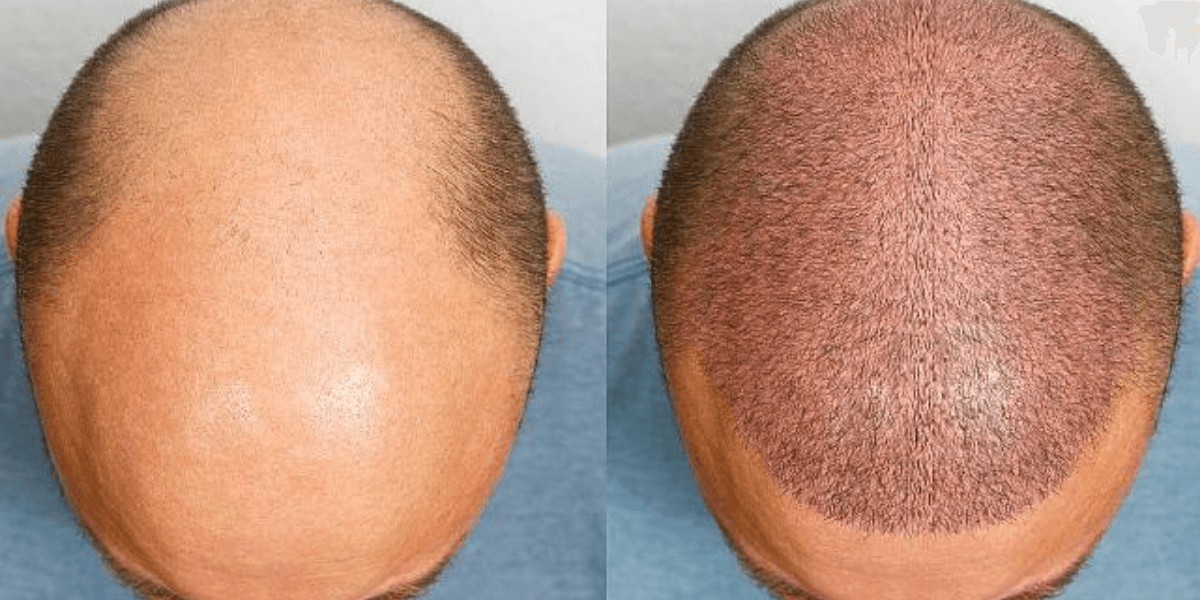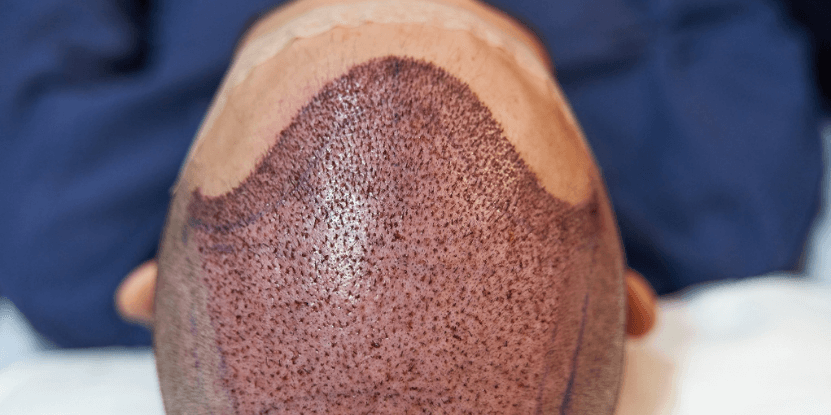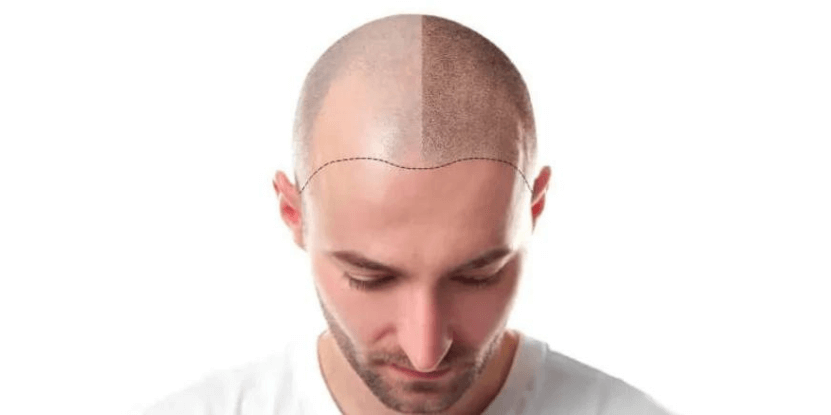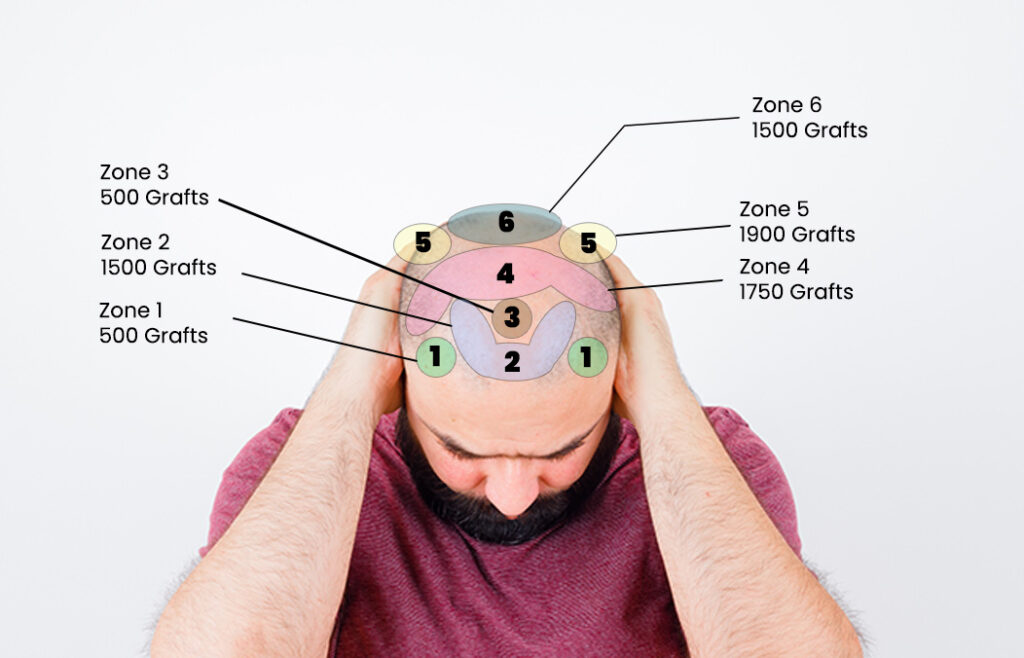 Whatsapp
Whatsapp

The hair transplant procedure offers a promising solution for many people struggling with hair loss and baldness. However, the success of this process largely depends on the number and distribution of the transplanted grafts. For this reason, in order to select the appropriate number of grafts, to provide a natural appearance and to effectively cover thinning areas, specific criteria should be taken into account in hair transplant planning to determine the ideal graft amount in accordance with the needs and expectations of the patient.
In this content prepared for you, we will provide in-depth information about the importance of the graft number, how this number is calculated and its role in the hair transplantation process. In the light of this information, you will be able to find answers to all your questions about the number of grafts in hair transplantation. If you are ready, let's start enlightening everything you wonder about the number of grafts in hair transplantation.
The number of hair grafts refers to the amount of small tissue units containing one or more hair follicles, which is vital in hair transplant procedures. This number is central to the success of the hair transplant procedure, as the number of grafts transplanted directly affects both the final hair density and the naturalness of the resulting appearance. For this reason, determining the number of grafts requires a personalized approach, as each individual's hair loss level, hair density and overall hair quality are different. In this way, the patient's expectations are met and the number of grafts is determined accurately.
On average, there are between 2-4 hair strands in this hair graft. However, this rate varies from person to person.

There are several important factors that affect the number of grafts. The first of these factors is the degree and type of hair loss. Because the more advanced the hair loss, the more the number of grafts required for transplantation increases. In addition, personal characteristics such as the density of the person's hair, the size of the hair loss area, the patient's hair color, thickness and texture are also important factors affecting the number of grafts. To examine these factors in detail;
Donor density plays a critical role in determining the number of hair grafts in hair transplantation operations. The main reason for this is that the grafts to be used for hair transplantation should be taken from the back and side head areas where hair loss is generally less. The hair in these areas is usually permanent and less prone to hair loss, which ensures the long-term strength and durability of the grafts taken from the donor area. Therefore, the higher the donor density, the more grafts can be harvested and transplanted during the operation.
However, in cases where donor density is insufficient, the number of grafts that can be transplanted may be limited, which may result in less dense results or difficulties in achieving the desired result.
Scalp elasticity is another important factor affecting the number of hair grafts in hair transplantation operations. The elasticity of the scalp is a parameter that should be taken into consideration in determining the number of grafts to be transplanted and in planning the operation. For example, a flexible scalp gives the surgeon more room to maneuver and allows more grafts to be removed and transplanted comfortably. On the contrary, if the scalp has insufficient elasticity, it may be difficult for the surgeon to remove and transplant the grafts. As a result, the number of grafts may be limited or the operation may require more attention and care.
The severity of hair loss is also a factor that determines the hair graft. This factor is an important indicator to determine how far the patient's hair loss has progressed and the number of grafts required for transplantation. Generally, as the degree of hair loss increases, the number of grafts to be transplanted is expected to increase. This means that when the hair loss covers a larger area, the amount of hair follicles to be transplanted and therefore the number of grafts should increase. In addition, the severity of hair loss can also affect whether the hair follicles to be transplanted are healthy or not. For example, in some patients with severe hair loss, the hair follicles in the donor area may be weakened or miniaturized, which may reduce the number of healthy grafts available for transplantation. On the contrary, the number of healthy grafts to be used may be higher because the hair follicles are strong.

Generally, it has been observed that in patients with a larger head size, more grafts may be required for hair transplantation. A larger scalp area means a larger transplantation area, which means that more hair follicles may be needed. Therefore, head size plays an important role in determining the number of grafts to be transplanted and planning the operation.
Age plays an active role in determining the number of hair grafts. In general, the potential for hair loss increases with age, which can affect the number of grafts required for hair transplantation. In older patients, hair loss is usually more advanced and a larger transplant area may be required, which may require more grafts to be transplanted. However, in older patients, advanced hair loss may be accompanied by a reduced number of healthy hair follicles in the donor area or weaker hair. This may limit the number of grafts that can be transplanted and affect the results of the operation. However, this problem can also be solved with newly developed hair transplantation techniques.
The dark hair color of many people determines how much hair graft will be. The main reason for this can be explained as dark hair looks thicker and denser. Because dark hair looks denser and fuller, it means that fewer grafts will be transplanted. For this reason, dark hair needs more grafts than light-colored hair.
We can say that light-toned hair is the opposite of dark-toned hair. Because light-toned hair looks thinner and less dense. However, it is important to note that light hair color is not the only factor that determines the number of grafts. Other factors such as the degree of hair loss, hair density and the size of the area to be transplanted can also affect the number of grafts.
The shape of the hair is often described as straight or curly, and either way can affect the number of grafts. Curly hair can appear more voluminous and fuller than straight hair, so it is conceivable that even fewer grafts can provide a better hair density. However, because curly hair has a more complex structure, harvesting and transplanting the grafts may require more careful handling. Straight hair, on the other hand, can often appear thinner, which may mean that more grafts may need to be transplanted. For this reason, the hair shape should be examined in detail before transplantation.

There are two main points considered when determining the number of grafts. The first of these is the Norwood scale and the second is the savin score. Both play an effective role in determining the number of grafts. To examine these factors in detail;
The Norwood scale is a widely used classification system of hair loss in men. Developed by Dr. O'Tar Norwood, it is used to determine the progression and degree of hair loss. The Norwood scale takes into account the degree of hairline recession and the degree of hair loss on the top of the head. This scale is divided into 7 main categories, with each category representing a different stage of hair loss. For example, the scale ranges from a slight hairline recession in the initial stage to the loss of most of the hair in the advanced stages. The Norwood scale is therefore an important tool used to assess the degree of hair loss and provide a guide for hair transplantation operations.
The Savin score is a measurement used to assess hair loss and is often used in conjunction with the Norwood scale. Developed by Dr. Savin, it provides information about the extent and progression of hair loss. The Savin score takes into account the different characteristics of hair loss in men and women and can be applied similarly in both genders. The scale is divided into 8 main categories, with each category representing a different stage of hair loss. These categories range from the initial stage of hair loss to advanced hair loss.
When assessing the degree of hair loss with the Savin score, factors such as hairline recession, hair loss on the top of the head and the general appearance of the hair should be taken into consideration. In this way, it helps to create an effective treatment plan suitable for the individual needs of patients.
Each area of hair loss requires a different number of grafts. This depends on factors such as the degree of hair loss progression and the size of the area. Hair transplant surgeons carefully determine the number of grafts to ensure that the operation is successful, preserving the natural appearance of each area and maximizing hair density. For example, a denser graft placement may be required to camouflage hair loss at the front of the hairline, while fewer grafts may be sufficient to cover hair loss at the top of the head. Therefore, at each stage of the operation, different graft numbers are applied to different areas in order to camouflage the hair loss in a natural way and to achieve a homogeneous hair density;
When early hair loss begins, problems with the hairline can occur. In this case, there may be a regression of the hairline between 10 and 30 square centimeters. In such cases, grafts between 800 and 1500 grafts may be needed. Also, if there is thinning in the temporal areas, an additional 150 grafts may be needed.
The front third is an area that covers the center of the hair and is often referred to as the "front vertex". Hair loss in this area can usually spread over an area of approximately 70 square centimeters. The appropriate number of grafts for this area usually varies between 2000 and 2500. With the specified number of grafts, it is possible to achieve an extremely natural hair appearance.
The front three hair loss zone refers to a condition that occurs with the progression of hair loss. In this case, a shedding area of approximately 100 square centimeters can occur. In order to cover these spills and achieve an aesthetic result in the front half, a graft number between 2500 and 3000 square centimeters is usually used. This number of grafts allows the spills to be closed in a natural way and helps the patient to achieve the desired appearance.
Front two-thirds hair loss refers to a stage in which hair loss progresses to the point of complete baldness. At this stage, a gap of 120 square centimeters usually occurs. For this hair loss condition, it is generally recommended to use a graft count between 3000 and 4000 square centimeters. This number of grafts ensures that the existing hair loss is covered and a perfect hair transplant result is achieved.
Crown type hair loss is a type of hair loss that refers to the openings that occur in the central part of the hair. As a result of these openings, a gap between 60 and 100 square centimeters is usually formed. In order to close this gap, approximately 800 to 1200 grafts are preferred. This number of grafts allows the existing spills to be closed aesthetically and helps to achieve a natural appearance.
Patients with intense hair loss are often referred to as bald. For these patients, hair transplantation operations usually involve transplanting healthy hair follicles to the areas that have been lost. For example;
For more information, you can visit the hair transplant in Turkey page and get information about the right number of grafts for you by having a pre-consultation before hair transplantation at Estetica.
If you are completely bald, the number of grafts required for a hair transplant may vary depending on personal factors and preferences. However, in general, between 4000 and 7000 grafts may be needed for a complete hair transplant. This number may vary depending on the degree of hair loss, the size of the scalp, the characteristics of the hair and the desired hair density.
When you realize or suspect that extra grafts have been transplanted, you can correct the excess grafts by having a revision hair transplant procedure.